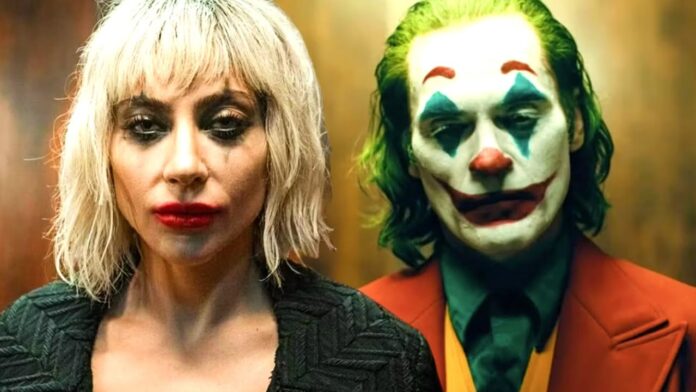The highly anticipated sequel to “Joker” falls short of its predecessor’s success, with a modest box office performance in its debut.
“Joker: Folie à Deux,” the follow-up to the 2019 smash hit Joker, opened in the US and Canadian cinemas this weekend, grossing $40 million—a significant decline from the original film’s debut. The first Joker delivered a massive $96.2 million on its opening weekend, eventually surpassing $1 billion worldwide. In contrast, Folie à Deux, starring Joaquin Phoenix as Arthur Fleck and Lady Gaga as Harley Quinn, faced more tempered expectations, particularly after a lukewarm reception at the Venice Film Festival.
Critics responded coolly to the film, contributing to the more modest box office haul. Reviews indicated that, while Joker captivated audiences with its gritty, psychological portrayal of Fleck’s transformation into Gotham’s infamous villain, the sequel’s musical elements and tone were more divisive. The Rotten Tomatoes score for Folie à Deux sat at just 33% by the end of the weekend, reflecting the polarised reception.
The film’s premise centres on Fleck’s time in Arkham Asylum and his relationship with Harley Quinn, taking a more surreal and musical approach than the first film. Directed once again by Todd Phillips, the film aims to explore a more intimate and emotionally charged narrative between Fleck and Quinn, played by Lady Gaga. However, despite star power and an established fan base, the sequel has struggled to meet expectations.
On a global scale, Folie à Deux earned $121.1 million over the weekend, though it remains to be seen how it will perform in major upcoming markets like China and Japan, where the film is yet to be released. With such a performance, industry analysts question whether the film will replicate the remarkable success of the original, which became the highest-grossing R-rated movie of all time.
The opening weekend’s results suggest that the dark, introspective formula that made the first Joker such a sensation might not carry the same impact with the sequel. Moreover, Folie à Deux also marks the final chapter of Todd Phillips’ involvement with the Joker character. This version of the character exists outside the larger cinematic universe currently being developed under the leadership of James Gunn and Peter Safran at DC Studios. The pair has been busy outlining a more interconnected future for DC, one that involves a mix of TV series and films, much like the model employed by Marvel Studios.
While Joker: Folie à Deux may not have achieved the same meteoric success as its predecessor, it remains an important cultural moment. Audiences and critics alike continue to debate its place in the wider DC filmography and whether the blending of genres, including musical sequences, was a bold misstep or a fresh new take on the iconic villain’s story. Regardless, Phoenix and Lady Gaga’s performances will likely keep the film in discussions as the year progresses.
The film may not match the original’s monumental success, but it has certainly left its mark on the landscape of superhero cinema, continuing to provoke thought and conversation in its own right.
